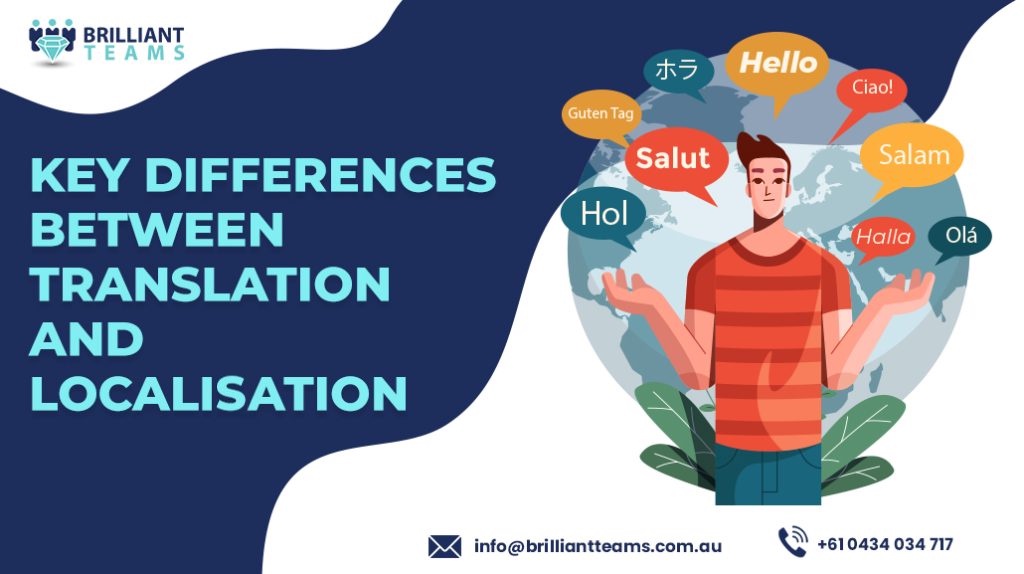Key Differences between Translation and Localisation - Introduction
In this comprehensive article, we explore the key differences between translation and localisation, shedding light on their unique aspects. Learn how these two processes differ and how they impact various aspects of global communication and business expansion.
Literally, language is a powerful tool that connects people across the world. As businesses and organisations expand globally, effective communication becomes vital. Two essential processes that aid in global communication are translation and localisation.
While both serve the purpose of breaking language barriers, they are distinct in their approaches and implications. In this article, we will delve into the key differences between translation and localisation, providing insights that will help you navigate the world of multilingual communication.
Key Differences between Translation and Localisation
1.Definition and Scope
Translation
Translation refers to the conversion of text from one language to another while retaining the original meaning. It focuses on linguistic accuracy and conveying the message faithfully. Translators ensure that the essence of the content remains intact across languages.
Localisation
Localisation goes beyond translation. It involves adapting the content to suit the cultural nuances, preferences, and expectations of the target audience. It takes into account regional dialects, units of measurement, date formats, and more, providing a customised experience to the audience.
2.Cultural Adaptation
Translation
In translation, the primary focus is on language proficiency. Translators excel in linguistic skills and strive for precise rendering of the source text into the target language. Cultural differences may be overlooked, leading to potential misunderstandings or misinterpretations.
Localisation
Localisation is culturally sensitive. It takes into account the target culture’s values, beliefs, and customs. By adapting content accordingly, localisation ensures that the message aligns seamlessly with the cultural context, fostering a deeper connection with the audience.
3.Target Audience
Translation
Translation targets a broad audience that shares a common language. It aims to make content accessible to a wider range of readers. However, it may not fully resonate with specific regional audiences.
Localisation
Localisation caters to specific target audiences, considering their language, culture, and preferences. This approach enhances engagement and establishes a more profound emotional connection with the audience.


No comments yet